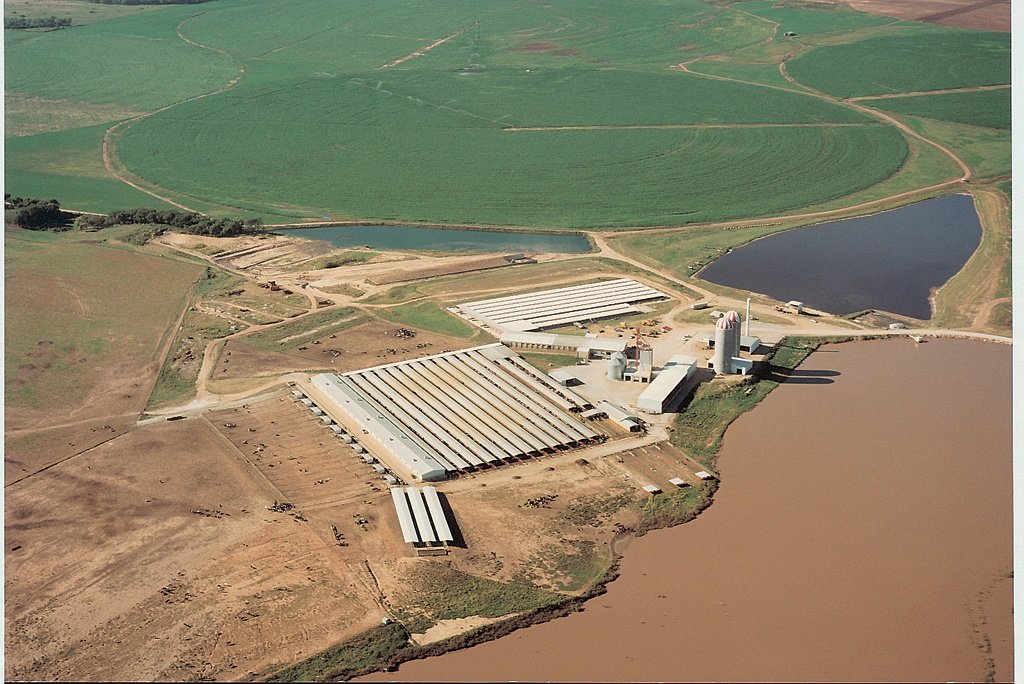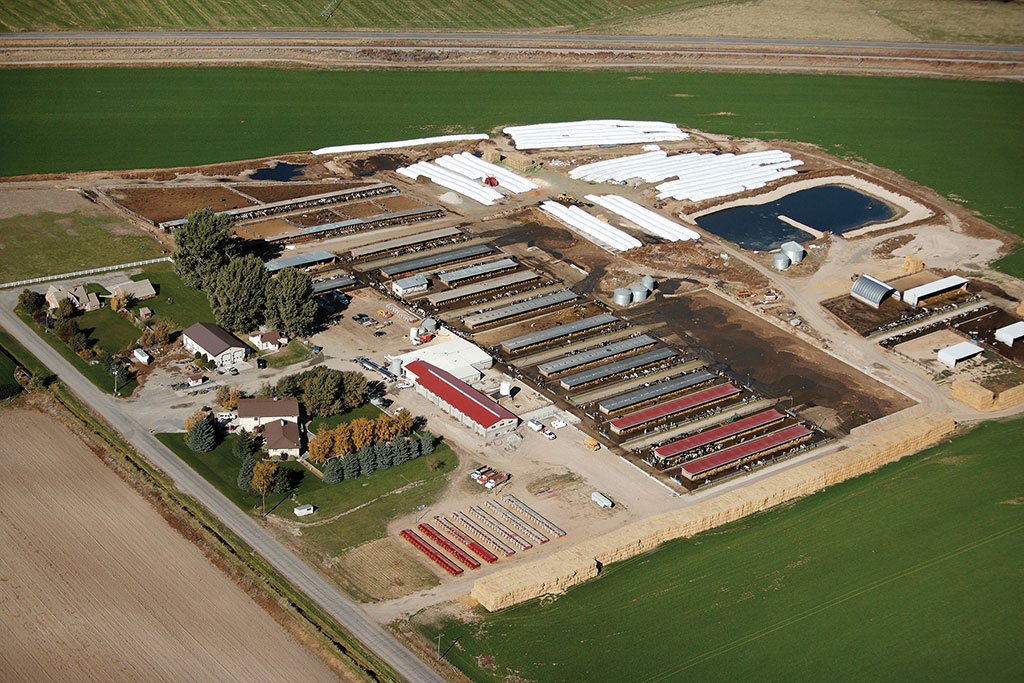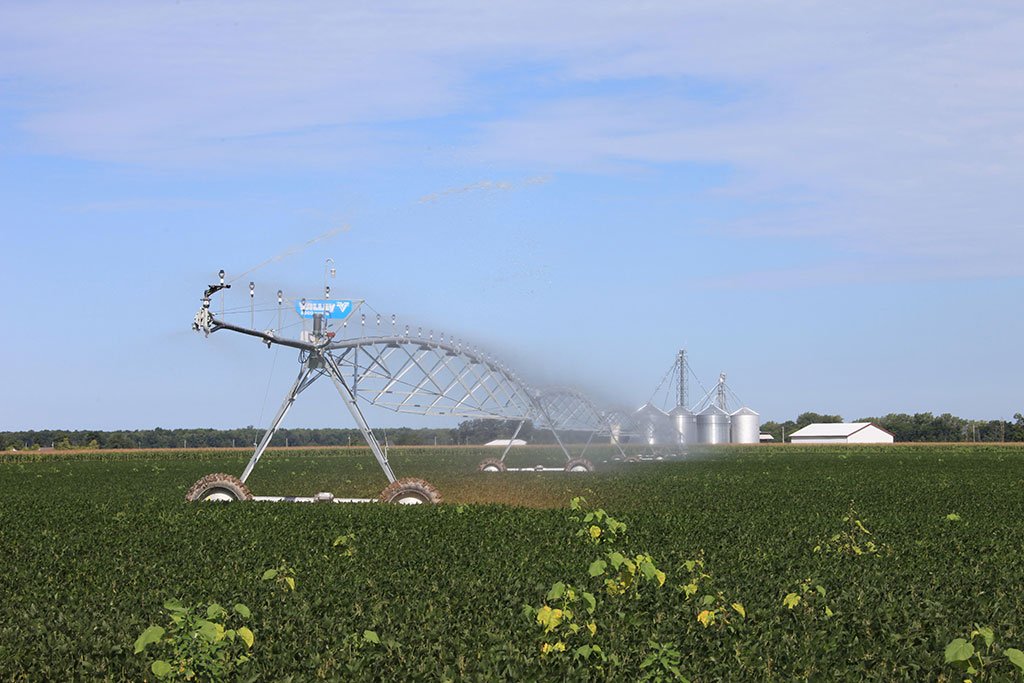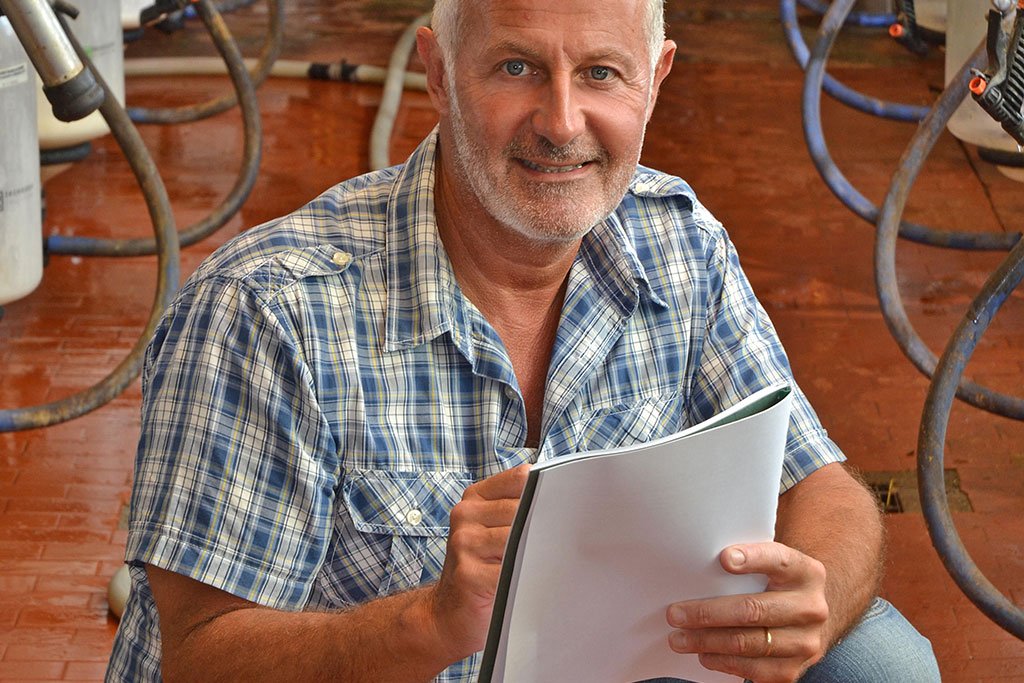It is often said that there are only two things in life that are certain – death and taxes. For the American dairy farmer, another can be added to the list: regulations. With the increasing size of the average dairy along with the growing scrutiny that regulatory agencies are putting towards environmental impacts, it is very important for dairy operations to keep an eye on how their dairy farm management affects groundwater.
Storage Ponds

Manure storage ponds can be a major source of nitrogen contamination. The old adage that the pond will “seal” itself over time with manure is no longer considered an acceptable approach by environmental regulators, and many states are now requiring manure ponds to have engineered linings. Storage pond liners can be constructed out of a variety of geomembranes or compacted clay. If installing a new pond, it is a good idea to include some sort of leak detection system so that you can document its performance.
Drainage Systems

The drainage systems associated with dairy pens and feedlots can also present a ready source of groundwater contamination. While in most cases the pen itself usually remains sealed enough to prevent percolation from rainfall events, the runoff that enters the drainage system can sometimes carry a significant amount of nitrogen. Like storage ponds, unlined ditches and drainage ways could allow nitrogen rich water to leach. This is especially true during maintenance activities when the ditches are cleaned out, potentially exposing the underlying soils. Again, the best management practice is to incorporate a lined drainage system, use piping with settling access points into the overall design, or upgrade.
Land Application

The standard practice for managing dairy nutrients is to recycle the nutrients in the manure to grow feed for cattle. There are several very well circulated and fundamental methods to manage dairy manure and wastewater (e.g., the “4 R’s”: right place, right time, right form, and right amount). The key aspects include: (1) knowing your soil type, water holding capacity, etc.; (2) balancing nitrogen application rates with forecasted crop uptake and residual soil nitrogen content; (3) applying the right amount of water through your center pivot so that the crop demand is met but leaching below the root zone is minimized; and (4) understanding the type of nitrogen you are applying – slurry applications contain a lot of organic nitrogen that is not highly mobile while wastewater irrigation through a center pivot contains nitrate that is readily leachable.
Compost the Solids
Composting the fiber and highly concentrated manure keeps some of the nitrogen immobilized in the organic matter, reduces pathogens, and creates an attractive product that can be easily exported off of the farm (i.e., reduce the amount of nitrogen you need to manage on your farm). Composted solids can be hauled greater distances for less money and are an attractive soil amendment for other land owners that are in the area.
Document Your Practices

One surefire way to protect your farm from regulatory scrutiny or litigation is to keep detailed records of your waste management practices. If you are managing your manure and wastewater proactively, and you keep records of this, then you will be in a better position if a regulatory agency comes knocking at your door. People are quick to blame the most visible source for groundwater contamination. This means that if your operation has black and white four-legged animals, you can expect to be on the receiving end of a lot of questions – better to cover your operation with records of best management practices prior to that point.
Did you enjoy this article? Check out these next:
Wastewater Solutions Part 1: From a Mess to Success
Wastewater Solutions Part 2: The Right Equipment for a Dirty Job